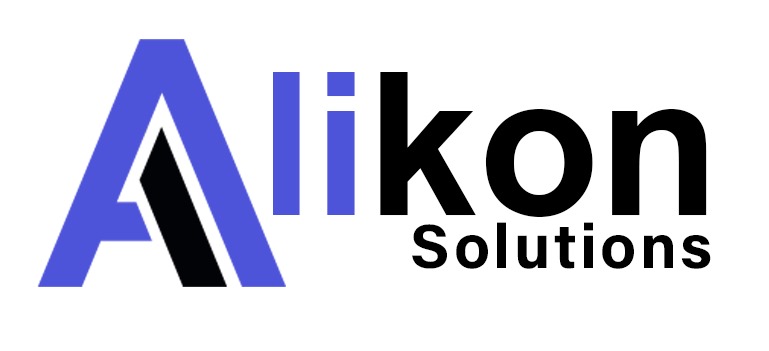- MongoDB is typically used as the primary data store for operational applications with real-time requirements (i.e., low latency, high availability, etc.). MongoDB is generally a good fit for 60–80 percent of the applications we build today. MongoDB is easy to operate and scale in the ways that are hard if not impossible with relational databases.
- MongoDB excels in many use cases where the relational databases aren’t a good fit, like applications with unstructured, semi-structured, and polymorphic data, as well as those with large scalability requirements or multi-datacenter deployments.
- MongoDB may not be a good fit for some applications. For example, applications that require complex transactions (e.g., a double-entry bookkeeping system) and scan-oriented applications that access large subsets of the data mostly may not be a good fit for MongoDB. Also, MongoDB is not a drop-in replacement for legacy applications built around the relational data model and SQL.
- Some common use cases of MongoDB include mobile apps, product catalogs, real-time personalization, content management, and applications delivering a single view across multiple systems.






